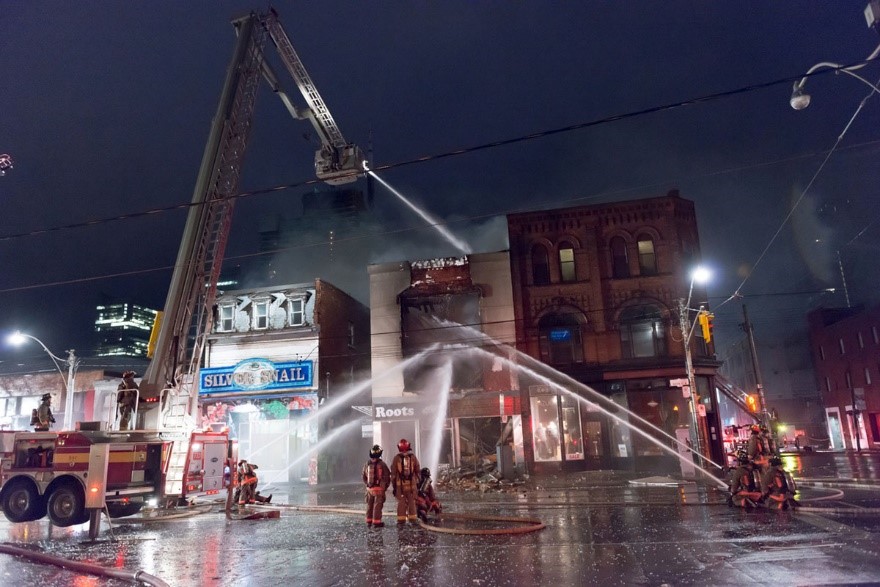
What to Do if Your Business Has a Property Loss
In the event of a loss here’s what to do:
- Make “Safety First” Your First Priority
Make sure everyone is safe. You will most likely want to evacuate the damaged property and notify staff, vendors, suppliers and anyone else who should know about the situation.
- Mitigate Damages
It should go without saying that you need to protect and preserve your property from further damage. But your insurance policy also requires it. For example, if your building suffered fire damage to the roof, you need to secure an emergency tarp for it and have the water extracted from the building. Be prepared and know how to mitigate damage in the event of contingencies.
You may also need to make temporary repairs to protect the undamaged portion of the premises.
- Establish a Plan
Work with your adjuster to decide what needs to be done to repair the damage in the most expedient manner. The insurance claim process will probably take a while, so plan accordingly. Part of the plan should also include temporarily operating your business from another location, if necessary. The business interruption coverage portion of your policy should cover this.
- Determine Coverage
Be sure you understand exactly what your insurance policy covers, including coverage amounts, coverage exclusions, limitations such as co-insurance penalties, various damage valuation methods, and your duties and responsibilities for filing a claim. Promptly complete any required claim notices.
- Create a “Loss Record”
Gather all records associated with the loss. Claim’s people call this a “loss record.” Everything related to costs incurred because of your loss will be recorded. These should include all costs related:
- Protection of property
- Immediate remediation
- Temporary repairs
- Building reconstruction and repair
- Contents repair and replacement
- Expediting expenses
- Extra expenses
You should try to get your adjuster’s permission to use your own personnel if they important to the restoration efforts. Be sure to do this before you use them for repairs or clean up though. Then submit those costs for reimbursement.
- Negotiate Your Claims Settlement
In most cases, if there is extensive damage, your adjuster will engage a construction consultant to help develop a scope of work for your repairs. You will usually be asked to invite two or three contractors to bid that scope of work.
You will want to reach an agreement with your adjuster on the selection of contractors and the price. For specialized equipment or structures, you may need to engage special vendors or experts. If there are differences of opinion about anything, you may need to hire experts at your own expense to plead your cause, but this would not be typical.
- Get Your Check(s)
Claims payments are basically a three-check process.
- The initial payment is an Actual Cash Value Payment or at least estimate of such for the undisputed amount of the claim, less the deductible.
- The second check is payment of the deductible to contractors, which is your responsibility.
- Third, is a check for the balance of claim — or Recoverable Depreciation, which is released once all work listed in the insurance claim has been completed. The contractor provides a final invoice only for work completed. This is the notice to the insurance company to release recoverable depreciation. You must spend all the claim funds in order to get the entire amount of recoverable depreciation.
(If there are mortgage companies, they will typically also be listed as co-payees on claim checks when the entire claim amount exceeds $10,000.00.)
- Build Back Better!
Be sure to get a written agreement from your insurance company before starting on restoration work. It’s recommended you have check in hand for at least an estimate of the Actual Cash Value portion of the claim before starting work.
Copyright © 2021 Smarts Publishing

